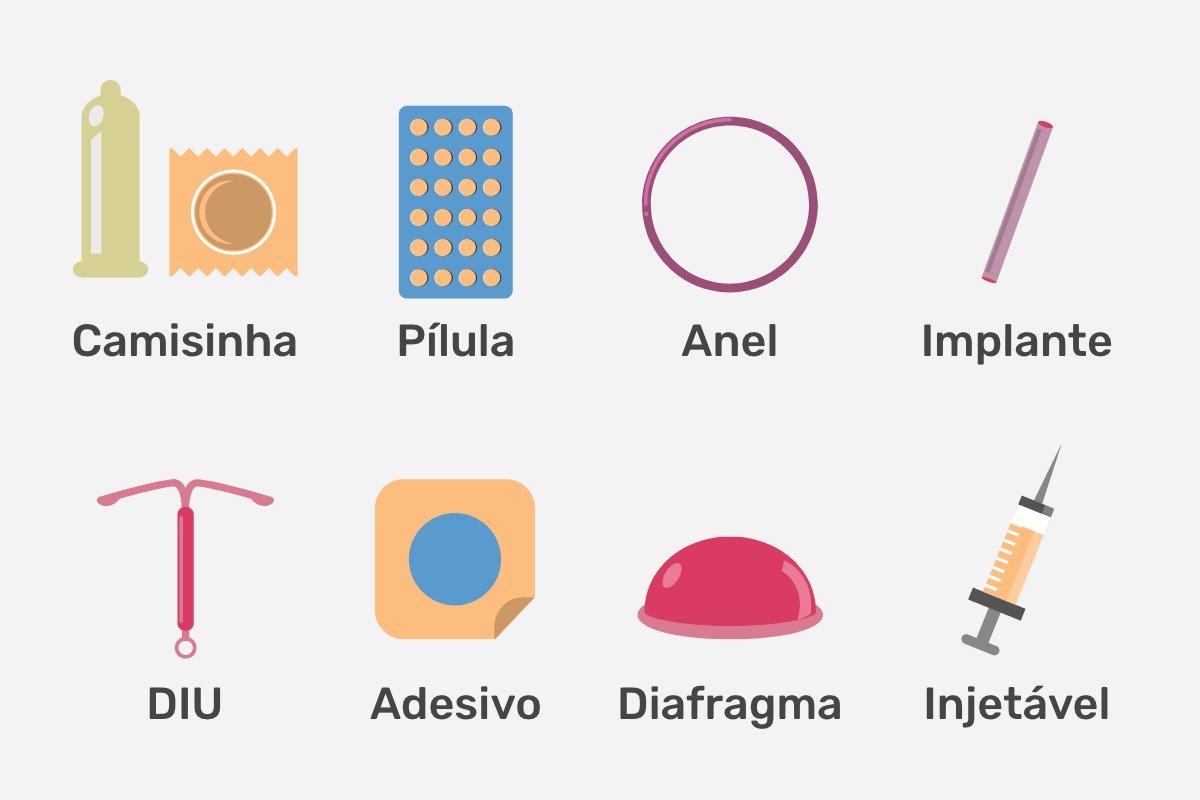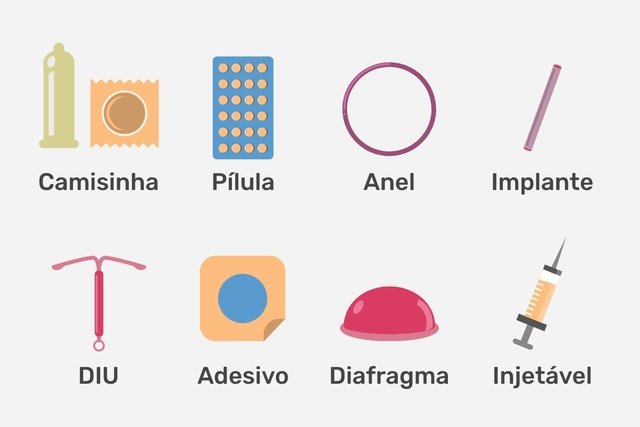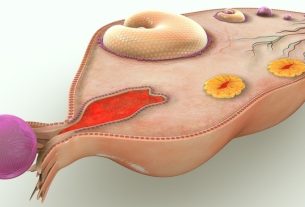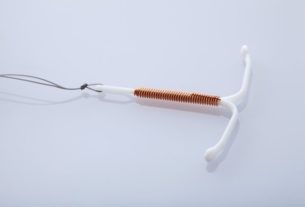Changing contraceptives may be recommended by the gynecologist in an attempt to discover the best method for each woman, helping to reduce the risk of becoming pregnant and also avoiding the possible side effects of these medications.
Female contraceptives are medicines or medical devices used to prevent pregnancy and are available in the form of a pill, vaginal ring, transdermal patch, implant, injectable or intrauterine device.
In addition, there is also the condom, which is a method used not only to prevent pregnancy, but also to prevent the transmission of sexually transmitted infections. Know all contraceptive methods.

How to change contraceptives
To change contraceptives without running the risk of becoming pregnant, it is recommended:
1. For combined pill
Before switching to the combined pill, it is important that the gynecologist is consulted so that the switch is made correctly:
- Switching brands: In this case, it is recommended to start the new combined pill on the day following the last tablet of the oral contraceptive previously used, or the day following the usual treatment-free interval. In the case of a combined pill that has inactive pills, called placebo, these should not be ingested, and it is recommended that the new pill be started the day after using the last active pill from the previous pack;
- From transdermal patch or vaginal ring: the combined pill should be started on the day the ring or patch is removed, according to the doctor’s instructions;
- Injectable contraceptive, implant or IUD: the combined pill must be started on the scheduled date of the next injection or on the same day or the day following removal of the implant or IUD;
- With mini pill: the combined pill can be used on any day.
In the case of changing combined pill brands or changing the patch or ring for the combined pill, there is no risk of becoming pregnant as long as the woman has used the previous contraceptive method correctly and the change has been made in accordance with medical advice.
However, in exchanges made from injectable contraceptives, implants, IUDs or minipills, it is recommended to use a condom in the first 7 days of using the combined oral pill to reduce the risk of pregnancy.
If you want to safely change your contraceptive method, make an appointment with a gynecologist in the nearest region:
Taking care of your health has never been easier!
2. For minipill
Before starting to use the minipill, it is advisable to consult your gynecologist to assess whether it is possible and how best to make the switch:
- Switching brands: in this case, the use of the minipill can start on any day;
- Combined pill: the woman should take the first minipill the day after the last tablet of the combined pill. If it is a combined pill that has inactive pills, called placebos, these should not be ingested and, therefore, the new pill should be started the day after the last active pill in the previous pack;
- Vaginal ring or transdermal patch: starting the minipill should be done the day after stopping these contraceptive methods;
- From injectable contraceptives, implants or IUDs: In this case, starting the minipill should take place on the same day or the day following the removal of the ring or patch, according to the gynecologist’s instructions.
In the case of switching to the minipill from an injectable contraceptive, implant or IUD, it is recommended to use a condom during sexual intercourse during the first 7 days of starting to use the new contraceptive method, as this makes it possible to reduce the risk of pregnancy.
3. For vaginal ring
Changing the contraceptive method to a vaginal ring must be done according to the gynecologist’s instructions:
- From combined pill or transdermal patch: In the case of the combined pill, the vaginal ring must be inserted on the day the next pack would begin. In the case of the transdermal patch, the ring must be inserted no later than the next day after removing the patch. If it is a combined pill that has inactive tablets, the ring must be inserted the day after the last inactive tablet;
- Minipill, injectable contraceptive, implant or IUD: In these cases, the insertion of the vaginal ring must take place immediately after removing one of these methods.
There is a risk of pregnancy when changing from the IUD, injectable contraceptive, minipill, patch and implant and, therefore, it is recommended to use a condom in the first 7 days after inserting the vaginal ring.
4. For transdermal patch
It is important that the gynecologist is consulted so that the change from contraceptive method to the transdermal patch can be evaluated:
- From combined pill or vaginal ring: The patch should be placed on the first day of menstruation or no later than the day following the usual treatment-free interval, whether for the combined pill or transdermal patch. If it is a combined pill that has inactive tablets, the ring must be inserted the day after the last inactive tablet;
- From injectable contraceptives, implants or IUDs: the transdermal patch must be placed on the date scheduled for the next injection or on the same day or the day following the extraction of the implant or IUD, according to the doctor’s instructions.
After placing the transdermal patch, it is recommended to use a condom during sexual intercourse 7 days after placing the patch, especially when the previous method was the injectable contraceptive, the combined pill, the implant or the hormonal IUD.
5. For implant
Changing the contraceptive method for implantation should always be done under the recommendation of the gynecologist:
- From combined pill, transdermal patch or vaginal ring: The implant placement should preferably be done the day after using the last active tablet in the pack. In the case of the transdermal patch or vaginal ring, the implant must be placed on the day the transdermal patch or vaginal ring is removed;
- From minipill: the change can be made up to 24 hours after ingestion immediately after the last tablet;
- Hormonal IUD: the implant must be placed on the same day as the IUD removal.
In women who use injectable contraceptives, the implant must be placed on the date scheduled for the next injection.
The use of a barrier method may be recommended by your doctor for 7 days after implant insertion.
6. For progesterone injectable contraceptive
To switch to the injectable progesterone contraceptive, which is the quarterly injection (Depo-Provera), it is recommended:
- From a combined pill, transdermal patch, vaginal ring or implant: It is recommended that the injection be applied up to 7 days after taking the last pill, or removing the vaginal ring or transdermal patch, as advised by the gynecologist.
In the case of switching from quarterly to monthly injectable contraceptives, it is important that the switch is made under the guidance of the doctor, as this ensures contraception and ideal hormone levels.
Furthermore, it is recommended to use a condom during all sexual relations during the first month of switching to injectable contraceptives. See how monthly injectable contraceptives work.
7. For hormonal IUD
Before switching from a contraceptive method to the hormonal IUD, it is recommended to consult your gynecologist:
- From combined pill, implant, transdermal patch and vaginal ring: The placement of the hormonal IUD must be done during menstruation, and is normally carried out when taking a break from the contraceptive pack. In the case of an implant or vaginal ring, the IUD can be placed on the same day as the implant and vaginal ring are removed;
- Injectable contraceptive: the hormonal IUD can be placed up to 15 weeks after the last injection;
- From copper IUD: insert the hormonal IUD on the same day as the copper IUD removal, and use a barrier contraceptive method, such as a female or male condom, for the next 7 days.
In the case of other contraceptive methods, the switch to the IUD may vary from woman to woman and the method used, and it is essential to consult a gynecologist. Learn more about the IUD.
8. For the copper IUD
To switch from the contraceptive method used to the copper IUD, it is recommended:
- From the pill, transdermal patch, vaginal ring or implant: insert the copper IUD within 5 days of stopping pill use or removing the transdermal patch, vaginal ring or implant;
- Injectable contraceptive: the copper IUD can be placed up to 16 weeks after the last injection;
- Do DIU hormonal: insert the copper IUD on the same day as the hormonal IUD removal.
It is important that changing contraceptives is always done with the guidance of a gynecologist, in order to avoid an unwanted pregnancy.
When to change contraceptives
Changing the contraceptive can be considered when the woman has difficulty adapting or has many side effects of the method used, as well as incorrect use, such as forgetting the pill, injection or changing the transdermal patch or vaginal ring, in addition to medical assessment of the conditions of health, use of medicines and stage of a woman’s life.
Therefore, changing contraceptives must be done together with the gynecologist, evaluating the risks and benefits of each contraceptive method. Furthermore, whenever a woman starts using a contraceptive or changes it, the doctor must make sure that the woman is not pregnant.
It is important to highlight that The use of these contraceptive methods does not prevent sexually transmitted infections (STIs), and it is recommended to use a barrier method, such as male or female condoms, in all sexual relations.. Check out the main STIs.

Sign up for our newsletter and stay up to date with exclusive news
that can transform your routine!
Warning: Undefined array key "title" in /home/storelat/public_html/wp-content/plugins/link-whisper-premium/templates/frontend/related-posts.php on line 12
Warning: Undefined array key "title_tag" in /home/storelat/public_html/wp-content/plugins/link-whisper-premium/templates/frontend/related-posts.php on line 13




